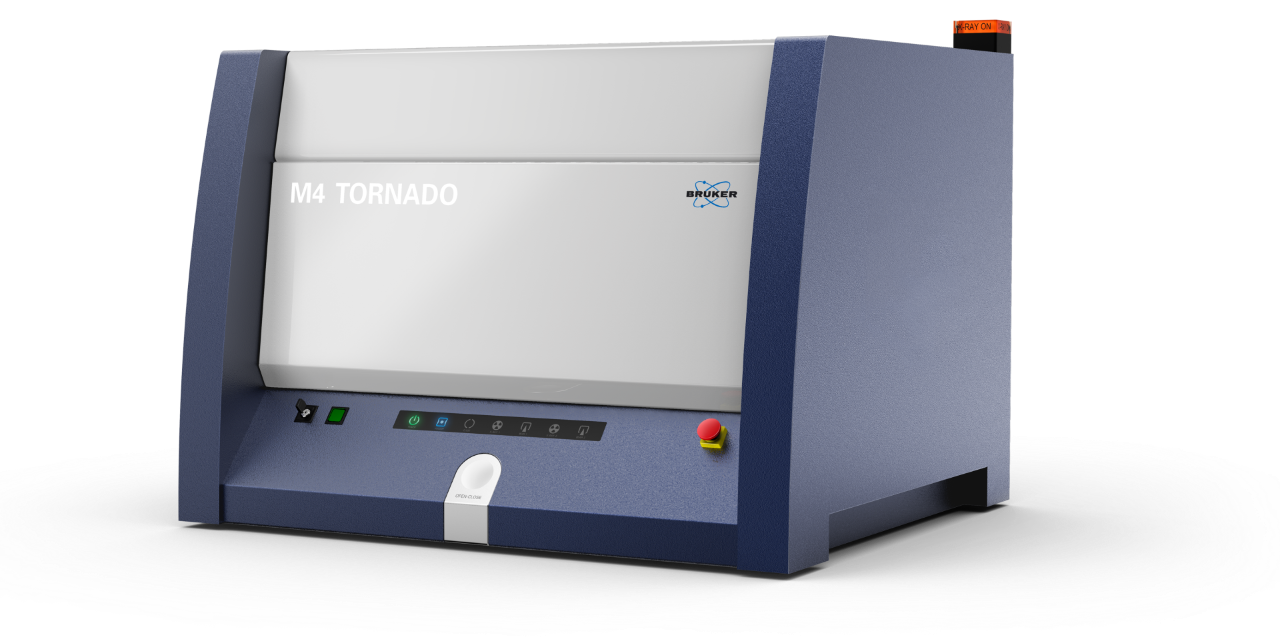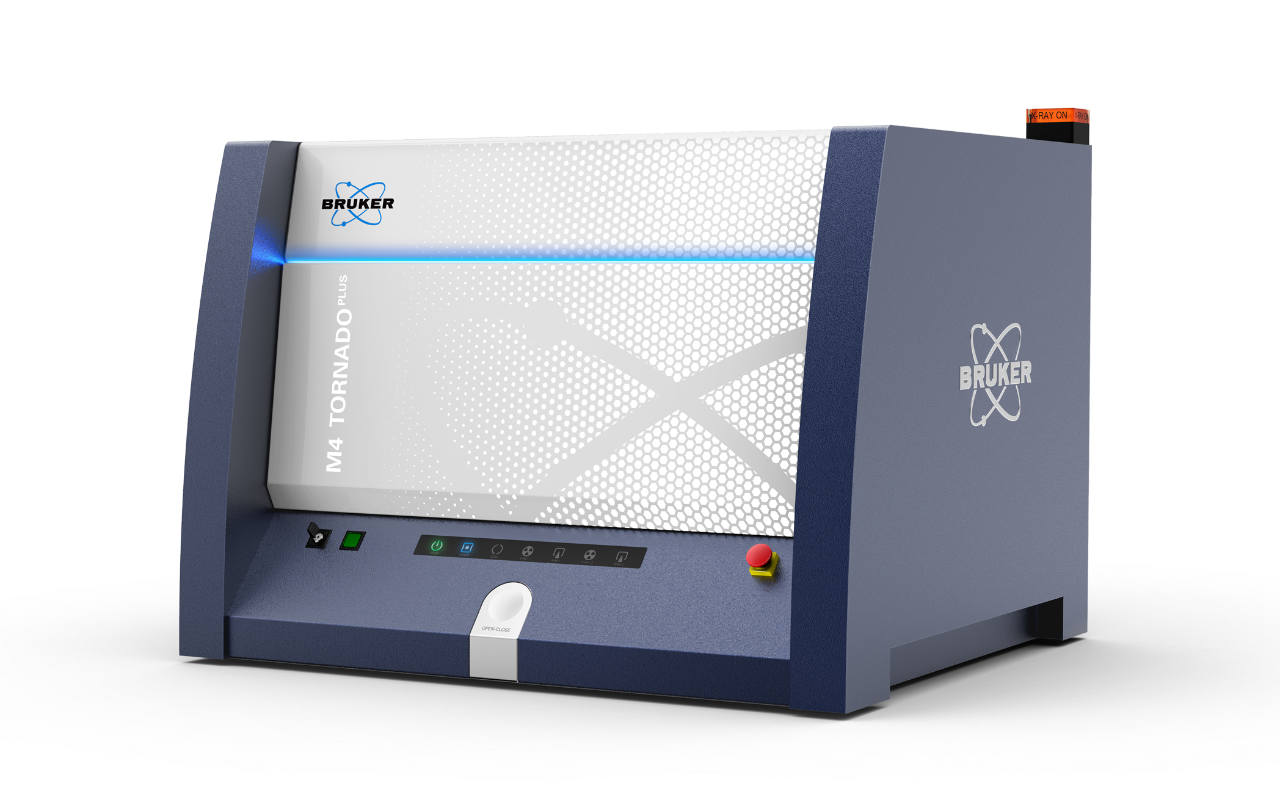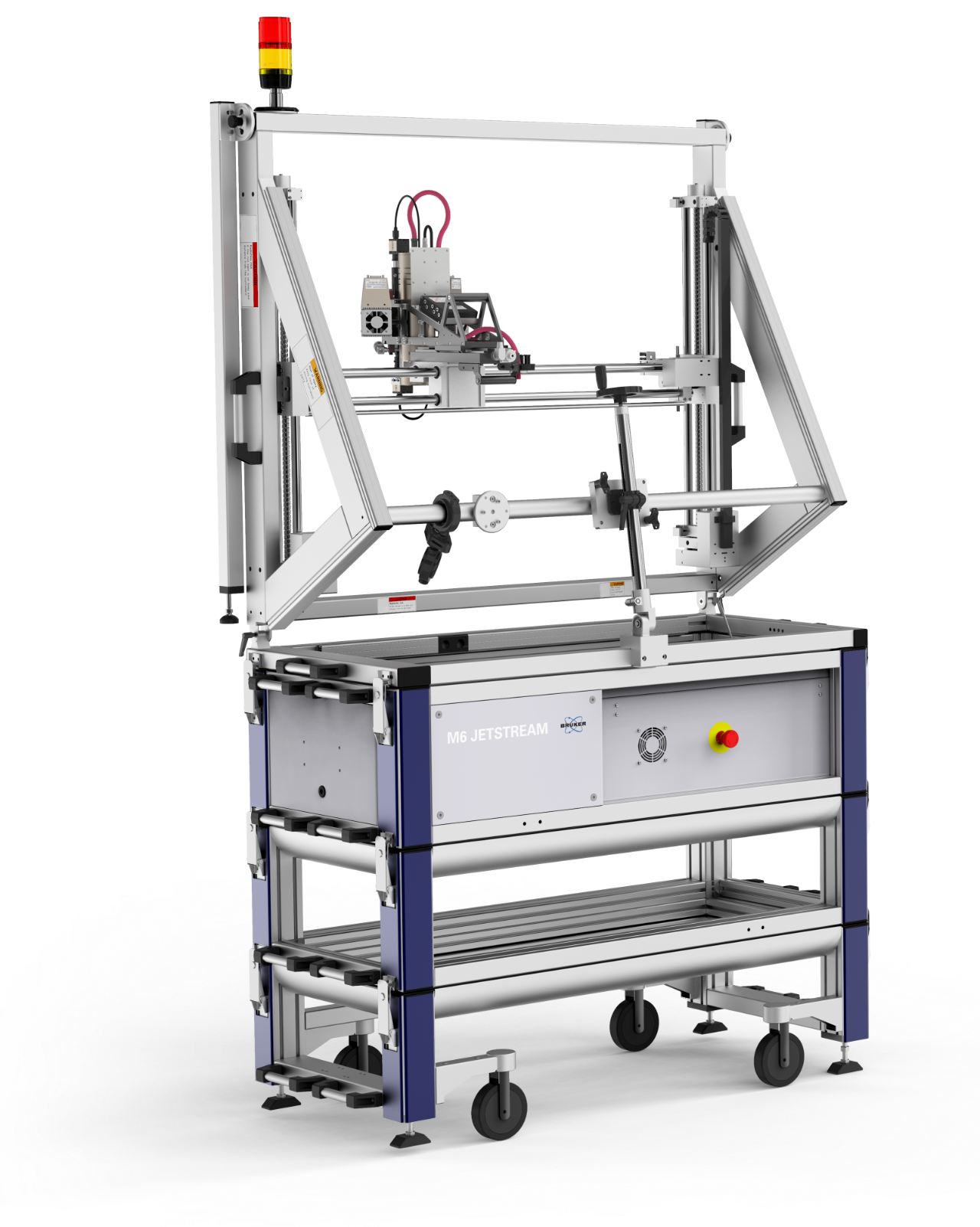

Introducing micro-XRF as an Analytical Technique
Spatially resolved X-ray fluorescence, also called micro-XRF, was first described more than 50 years ago. Since then, it remained for many years a niche technique, although it was quite common in several industrial and academic application fields. Early publications identified the same analytical advantages that still apply today, such as the non-destructive sample analysis of specific small areas in a larger sample allowing to better describe chemically non-homogenous materials. In addition, the technique is fast, as there is little or no required sample preparation, and has both major and trace element sensitivity.
In recent years, the performance of the technique was improved by a series of technological developments. Progress in excitation sources, enhanced signal detection and processing capabilities combined with efficient and compelling algorithms for data mining and quantification has created a powerful and versatile analytical technique. Therefore, micro-XRF is considered an indispensable technique in material analysis.
This webinar is the first in a series of three. The series is called “Back to the Roots”. Over the years, we have created a multitude of high-quality webinars. However, following recent requests we decided to get “Back to the Roots” of micro-XRF analysis.
This first webinar will introduce micro-XRF as a technique, highlight the analytical relevance of multiple instrument components, and discuss their significance from an analytical point of view. The components discussed include the X-ray source and optic, the detectors, the primary filters, and the vacuum system, amongst others. The second webinar will focus on element distribution analysis as one of the main capabilities of this technique, whilst the final webinar will discuss micro-XRF quantitative analyses in detail.
Ultimately, we aim to provide a compact information package highlighting what we believe to be the main capabilities of the technique, and in addition explore which features of the M4 TORNADO make it the most versatile benchtop micro-XRF instrument on the market.
If you found this webinar insightful we encourage you to watch our other “Back to the Roots” micro-XRF Webinars:
- Watch on Demand: Back to the Roots Part II - Using micro-XRF for Qualitative Analysis
- Watch on Demand: Back to the Roots Part III - Using micro-XRF for Quantitative Analysis
- Watch on Demand: Back to the Roots Part IV - An Introduction to micro-XRF on SEM
- Watch on Demand: Back to the Roots Part V - Advantages of Standard-Supported micro-XRF Quantification
Speakers
Falk Reinhardt
Senior Application Scientist micro-XRF, Bruker AXS
Dr. Roald Tagle
Global Manager Application Science, Bruker AXS
* The On-Demand registration form is optimized to work with the browser Google Chrome.
Watch this Webinar On-Demand
Please enter your details below to gain on-demand access to this webinar.


